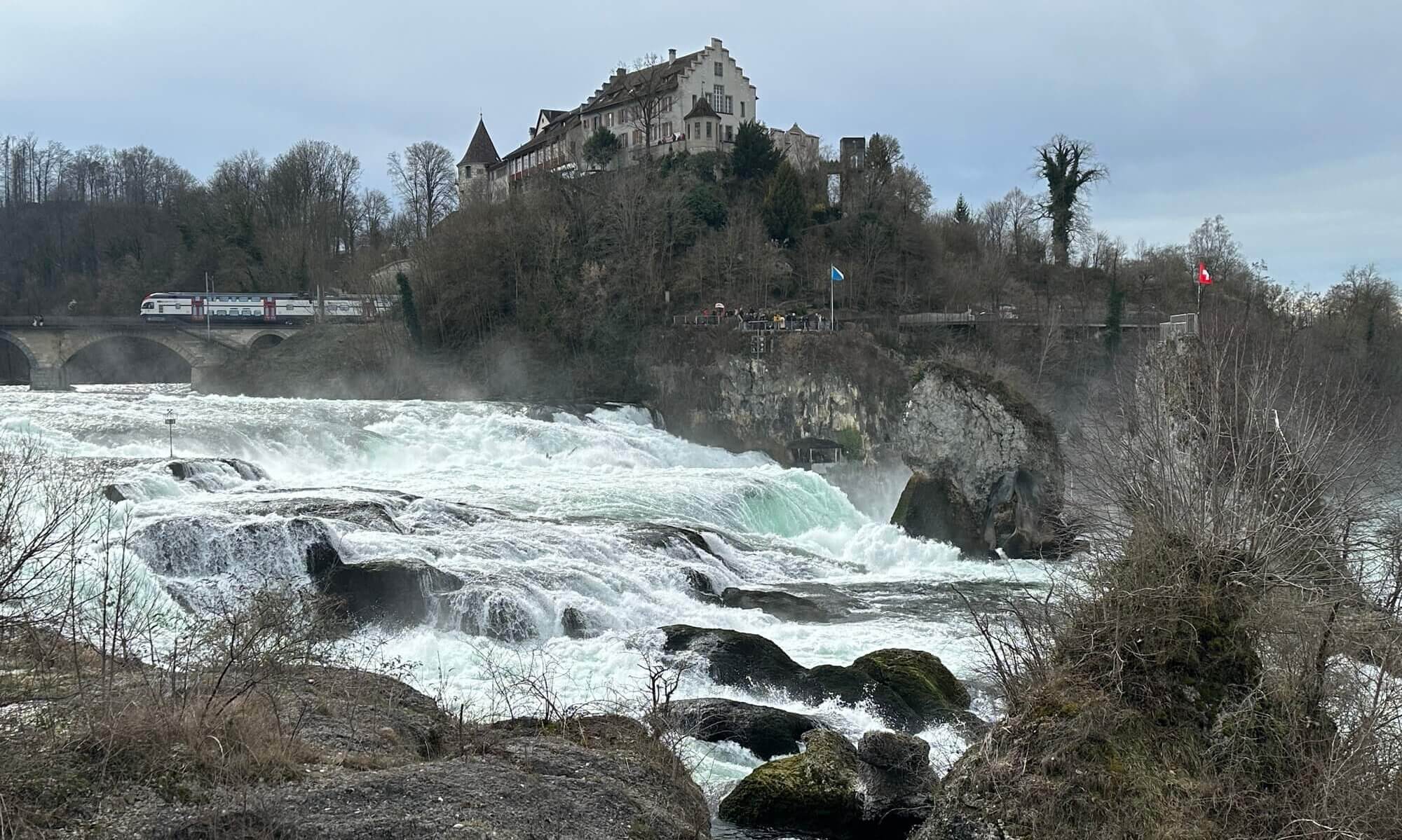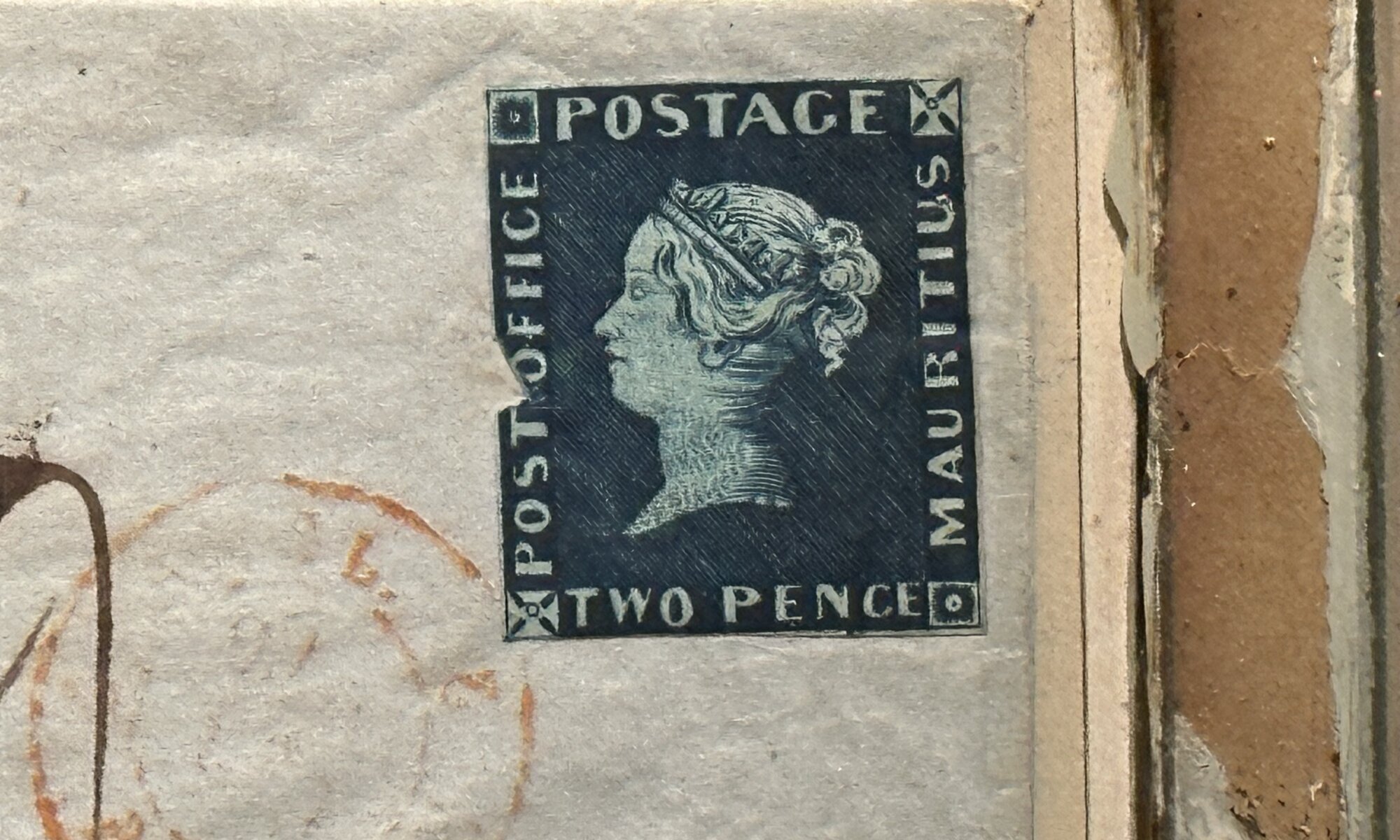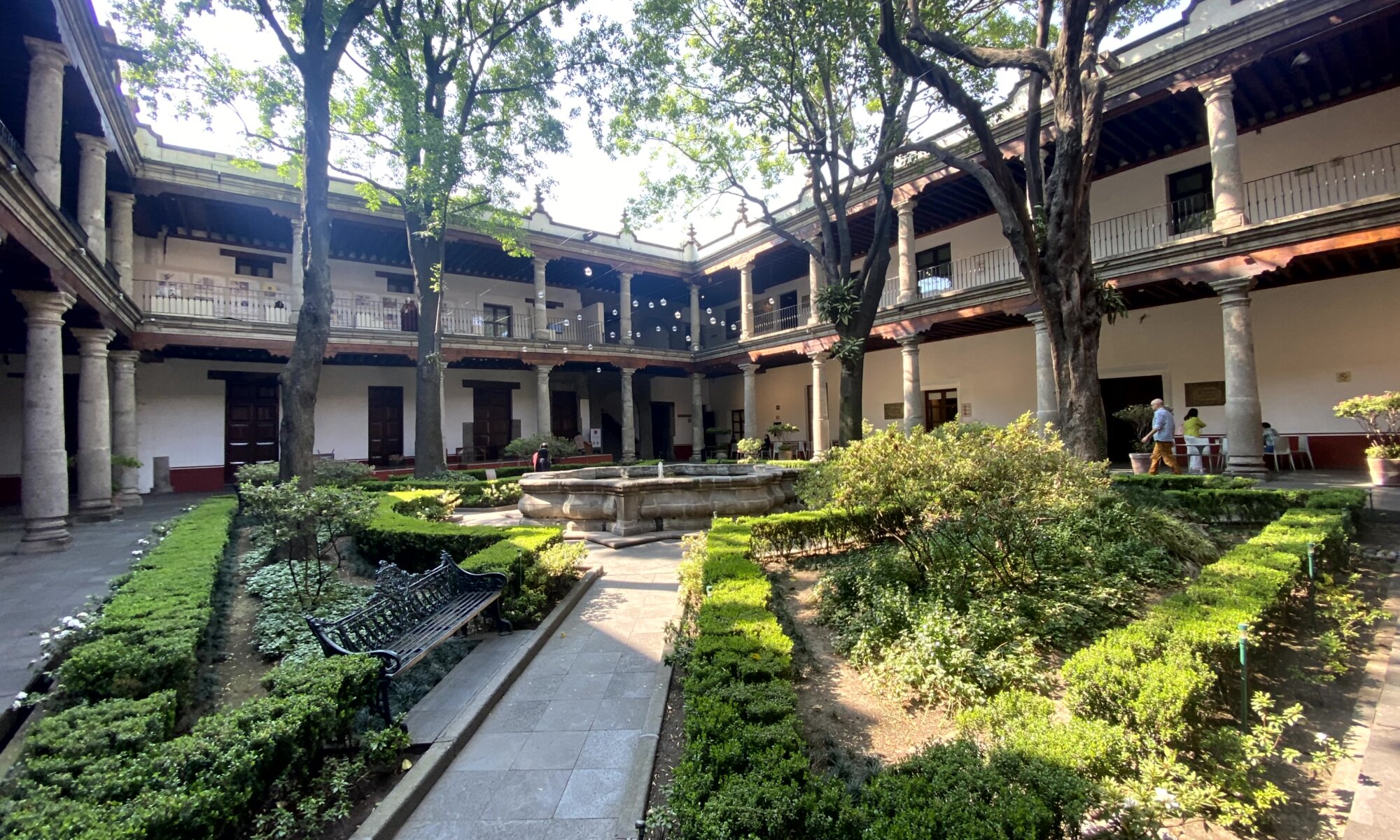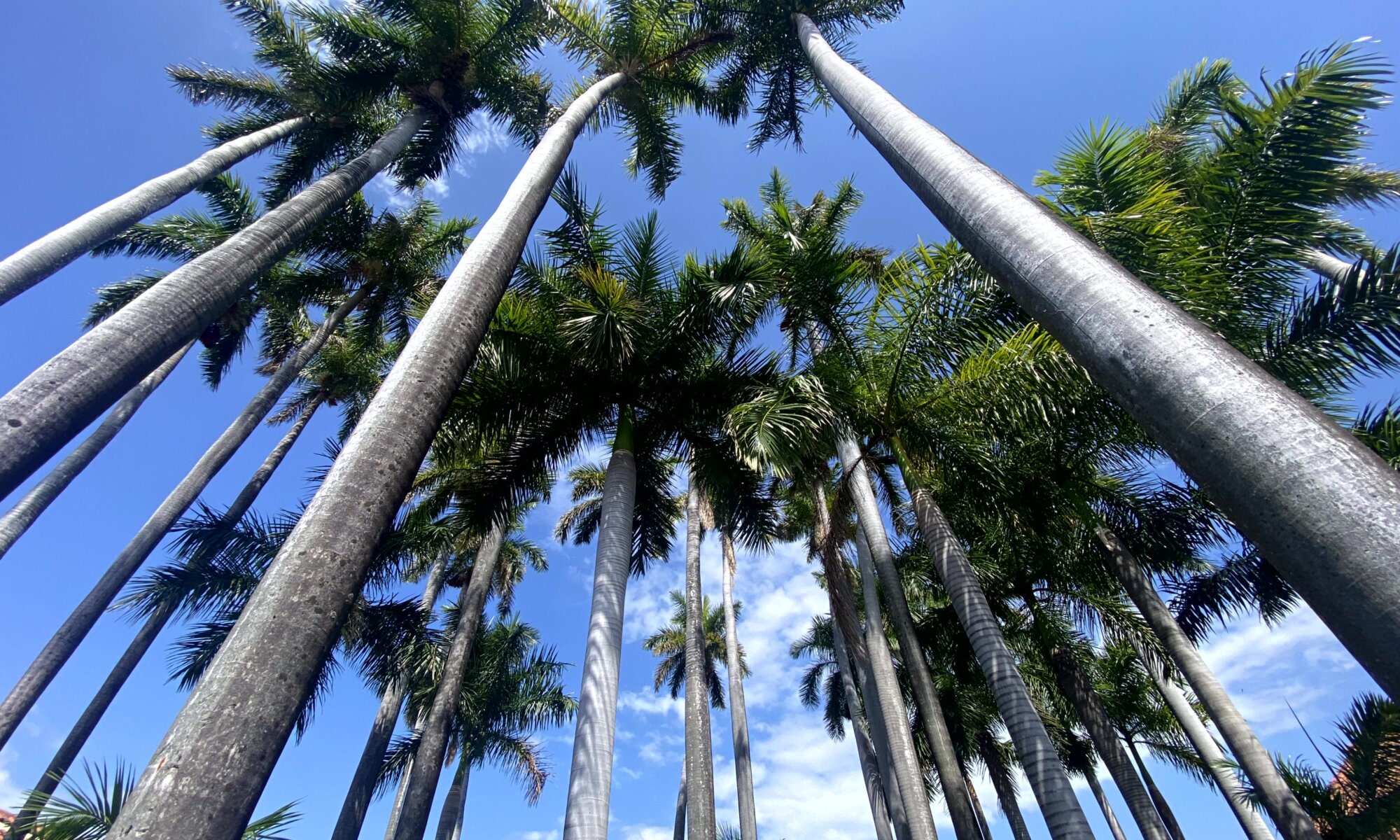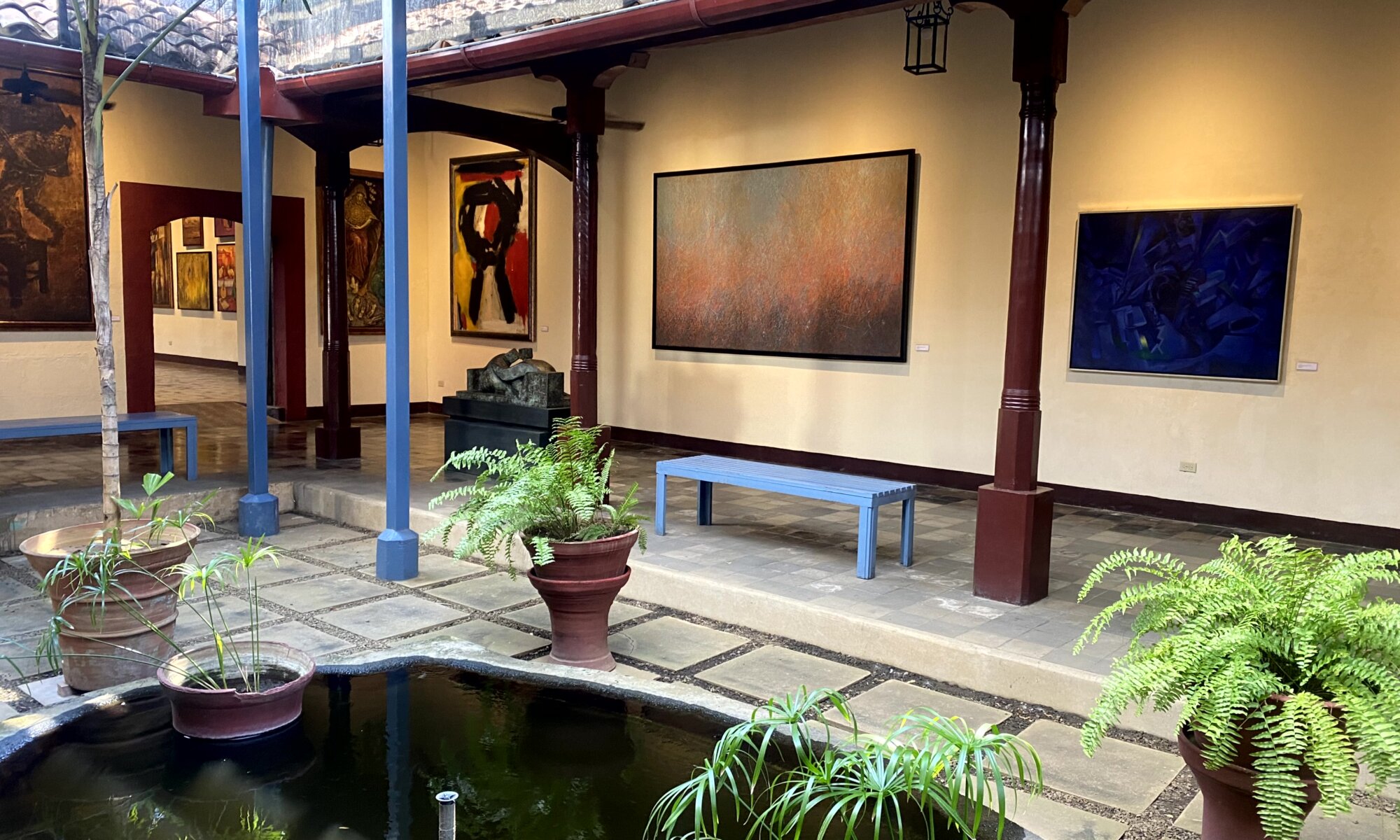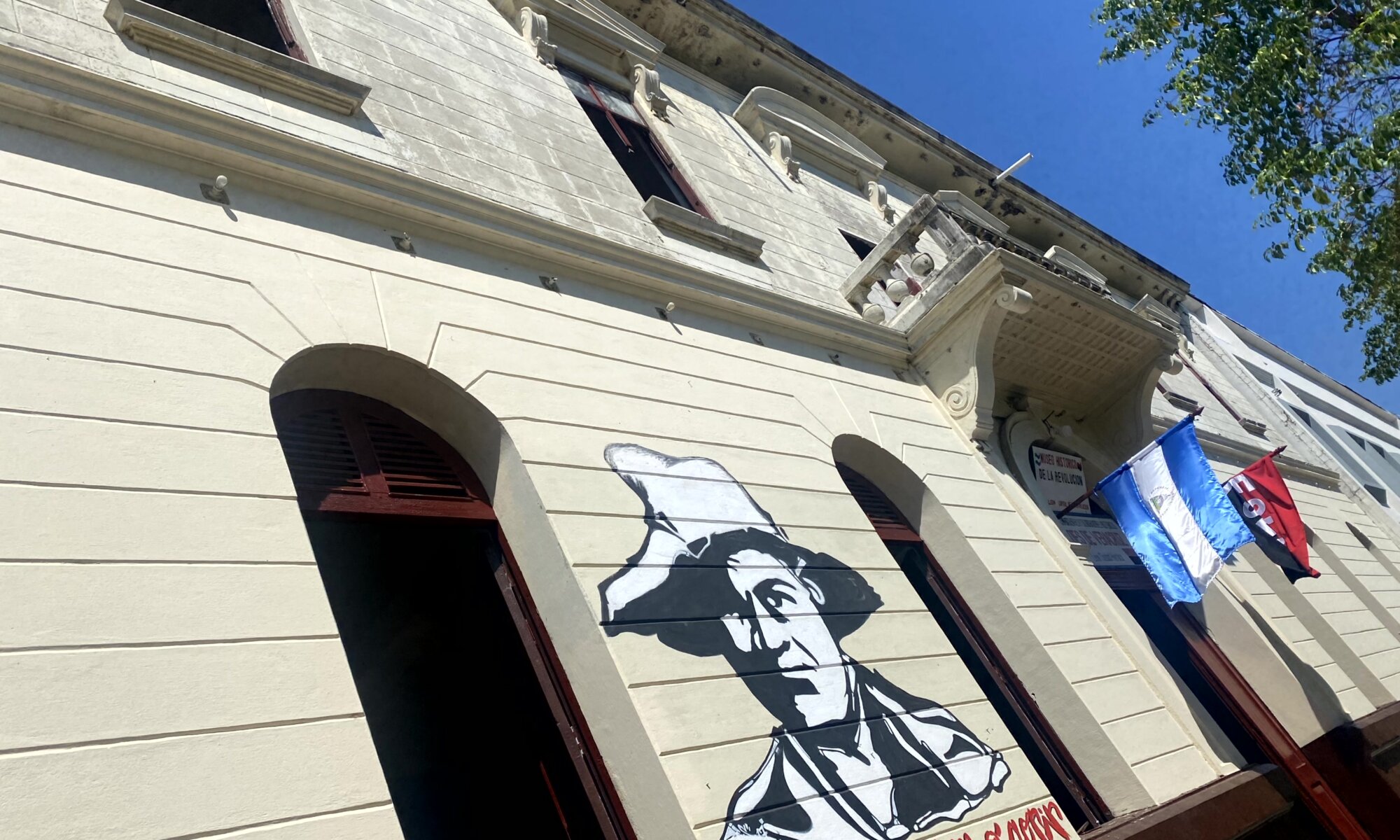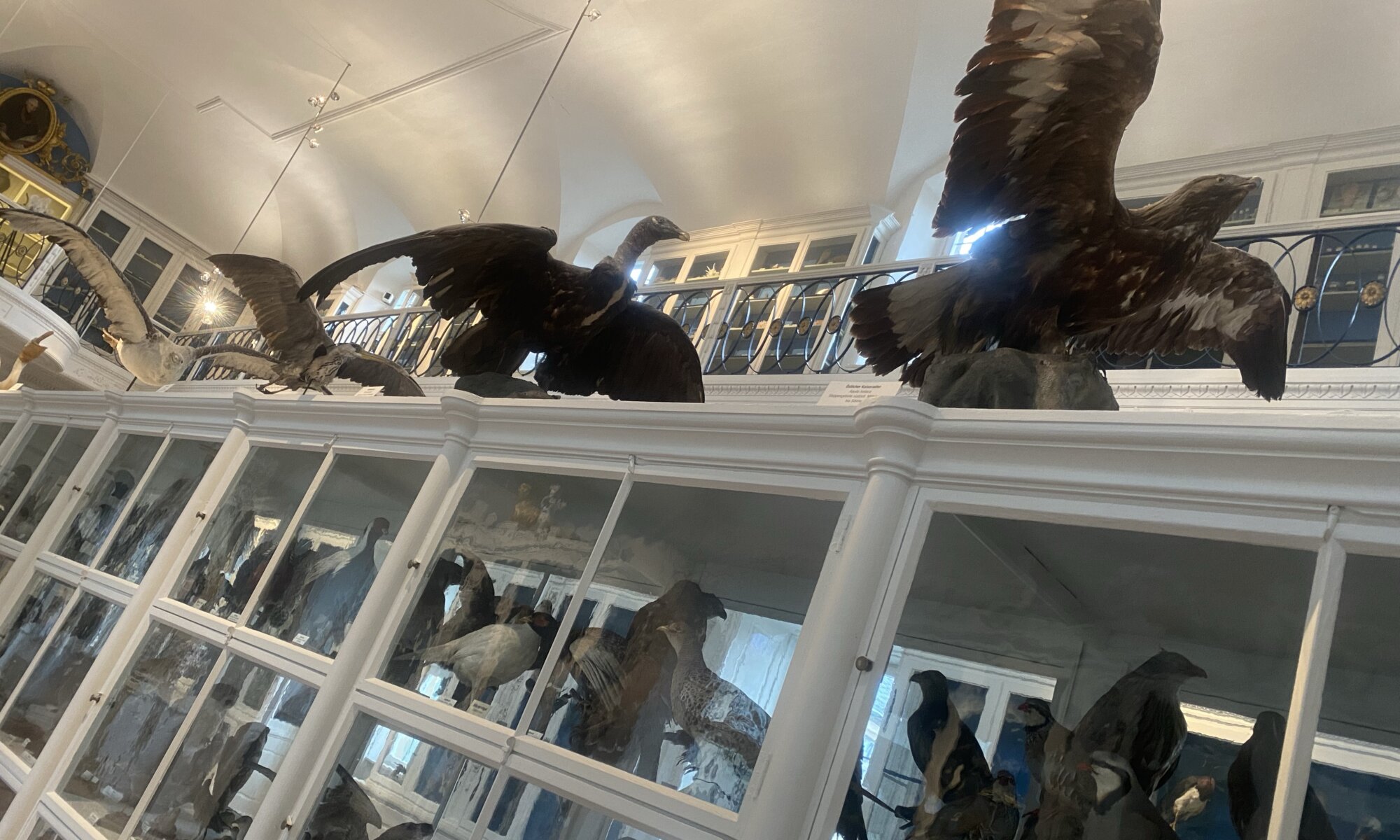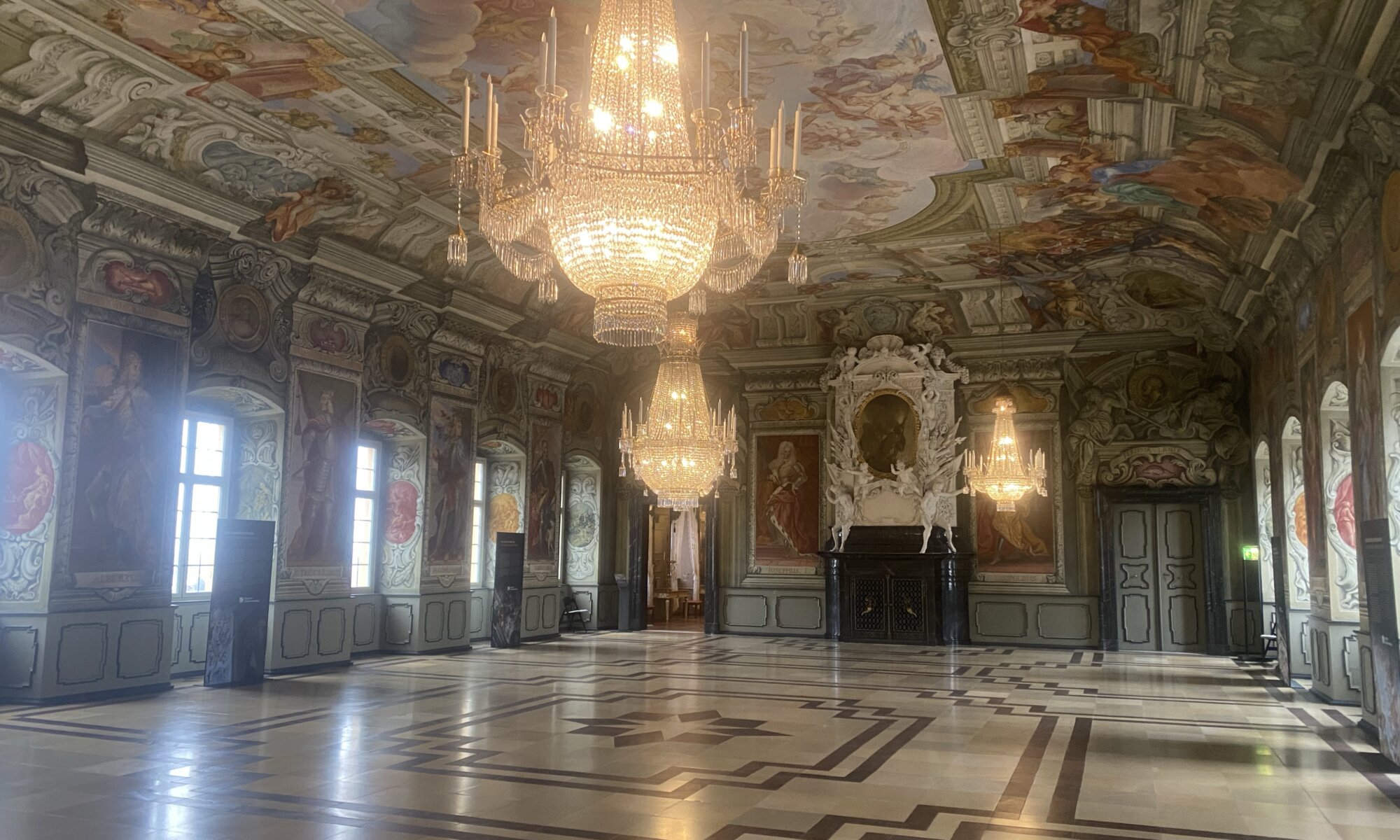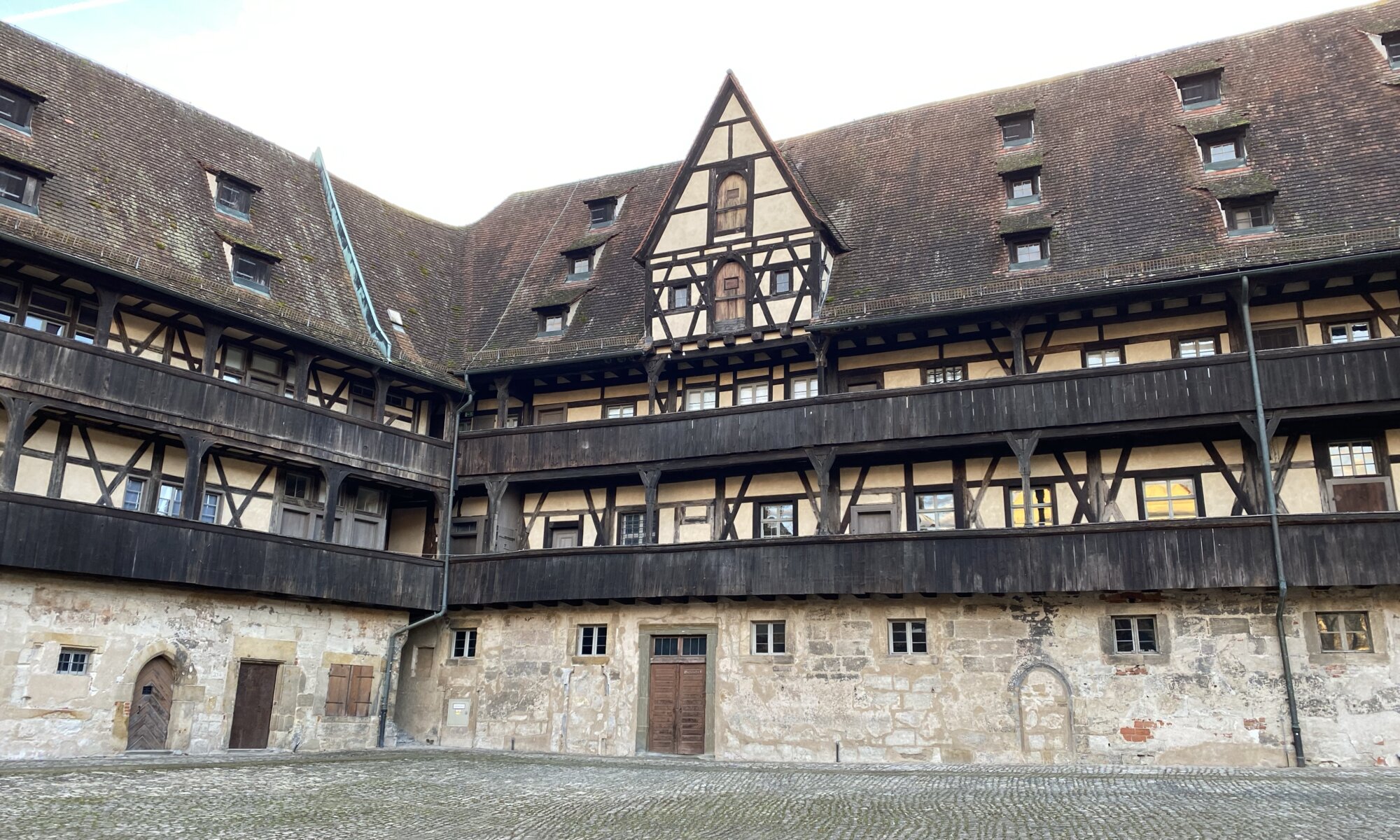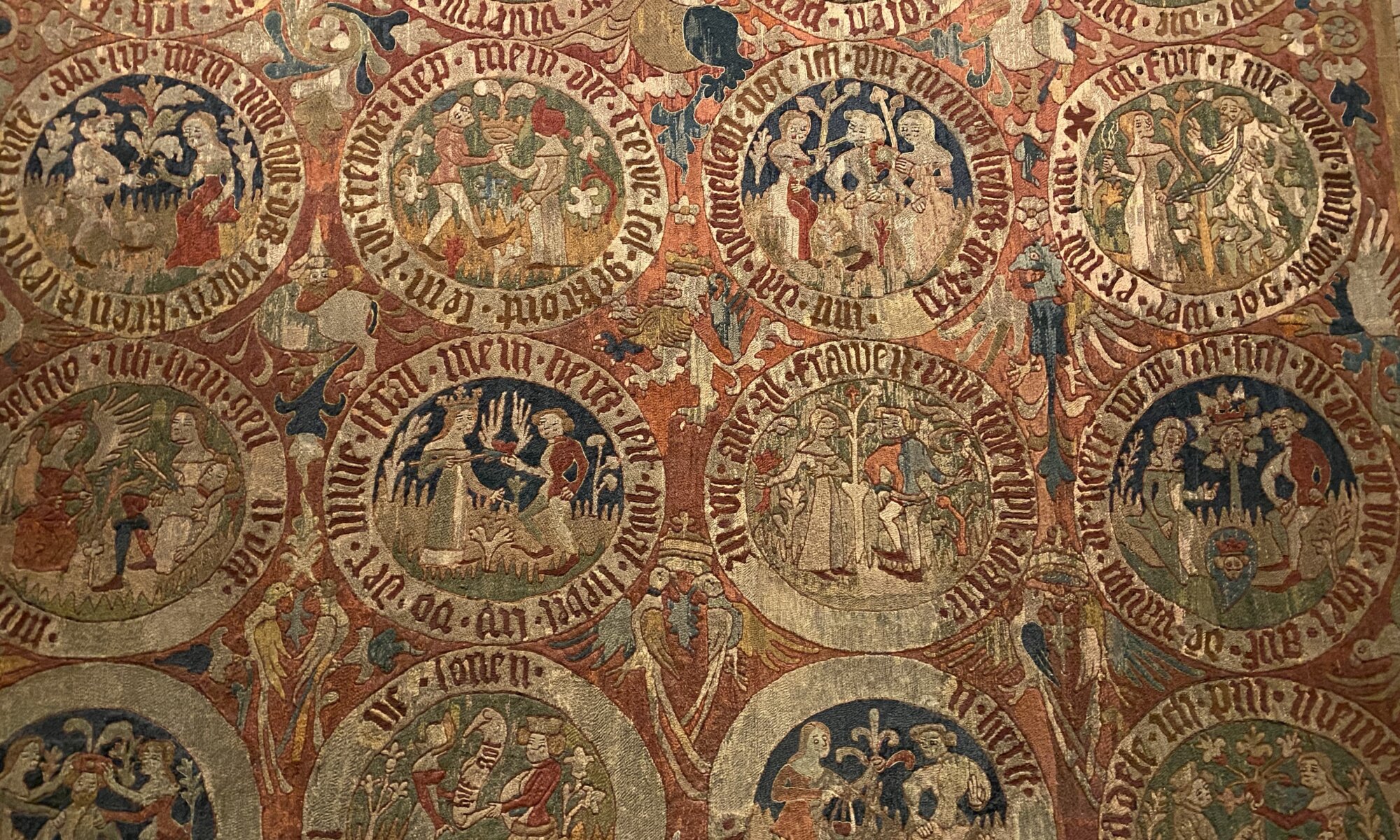The communication museum (Museum für Kommunikation) in the capital city of Germany resides in an amazing ancient building in the city quarter Mitte (Leipziger Straße / Mauerstraße). Its predecessor, the Reichspostmuseum, was opened in 1872; highlight of the building is the six meters high giants statue added in 1895. The current museum is operated by a foundation owned by the German state and financed by the Deutsche Post and Deutsche Telekom. That seems very reasonable because the focus of the collection is the history of mail and telephony.
Continue reading “Mauritius blue”Museo Franz Mayer
Franz Mayer was born at Mannheim, Germany, in 1882. He left his family, went to London and New York and earned his money in the finance industry. Later he became a business man in Mexico. There he started to collect Mexican art, artisan objects and everyday items. Ten years after his death these 9,000 objects formed the base for the Museo Franz Mayer. It is located in a former flour storage that was later used as a hospital next to the Alameda Central park.
Continue reading “Museo Franz Mayer”Museos Convento San Francisco
Next to the church Convento San Francisco (one of the oldest in Central America) you can find the Museos Convento San Francisco in the former Franciscan monastery. It is the best place if you want to learn more about the history and traditions of Granada, Nicaragua. The museum is a wild mix of exhibits giving you inside in the earlier and later past of the city. Near the entrance you will first find a vast model of the city giving you the chance to understand the layout of Granada which is heavily shaped by colonial history.
Continue reading “Museos Convento San Francisco”Tortugas and Art
Not far away from the central square of León, Nicaragua, you can discover a rather unexpected pleasure, the Centro de Arte Fundación Ortiz Gurdián. Next to the San Francisco church you can enter a large and well-maintained art museum. It is a private museum financed by two private entrepreneurs and art collectors. Inaugurated in the year 2000 it is today often seen as the best museum for contemporary art in Central America.
Continue reading “Tortugas and Art”Revolución
Nicaragua is a country that isn’t on screen in Europe and that young people here don’t know much about. That was totally different in 1979 when the Nicaraguan revolution succeeded and dictator Somoza had to leave the country. In the following years Nicaragua became a left-wing utopia, many people were dreaming of a better life in a Latin American socialist paradise. From all over the world volunteers came to Nicaragua to help rebuilt the country.
Continue reading “Revolución”Museo Nacional de Antropologia
The indigenous people that settled in the Americas before the arrival of European colonialists fascinate many of us today. In Mesoamerica these were the Maya, Aztecs, Olmecs and Toltecs; they left many traces on the continent and much more than just temples. If you’re interested in that you should use a trip to Ciudad de México to visit the Museo Nacional de Antropologia. It hosts a large collection of artefacts and is located in the Chapultepec area.
Continue reading “Museo Nacional de Antropologia”Naturkundemuseum
Bad weather at Bamberg? Don’t worry! The city has a good natural history museum with one of the most beautiful ancient presentation rooms (the Vogelsaal) I’ve ever seen. This special room once belonging to the university was finished in 1810 and is still in its original state. It was formerly used to teach biology and hosts are large collection of birds.
Continue reading “Naturkundemuseum”Neue Residenz
The Neue Residenz is an impressive ancient building close to the cathedral of Bamberg. It was the residence of the bishops from 1604 on and replaced the Alte Hofhaltung on the opposite side of the street in this function. The building consists of two sections, one in Renaissance and one in Baroque style. From 1803 on the Neue Residenz became a home of the Bavarian kings when Bavaria expropriated church property on a large scale.
Continue reading “Neue Residenz”Alte Hofhaltung
Next to the cathedral of Bamberg you can find the Alte Hofhaltung, the residence of the bishops. It was built in the 15th century CE but the area was used by rulers much longer than that: the direct predecessor was an imperial palace (a so called Kaiserpfalz) built by Henry II, Holy Roman Emperor. Today it is a beautiful, quiet place and you can relax in its inner courtyard.
Continue reading “Alte Hofhaltung”More than Roman history
The city of Regensburg has written proof when it was founded: in the year 179 CE the Roman fortification Castra Regina was built. This is stated on a stone which was part of the Porta Praetoria which is partially still standing today. It says ‘Emperor Caesar Marcus Aurelius Antoninus Augustus (…) had a fortification with gates and towers built for the 3rd Italian Legion (…)‘ and can be found in the Historisches Museum at the Dachauplatz.
Continue reading “More than Roman history”